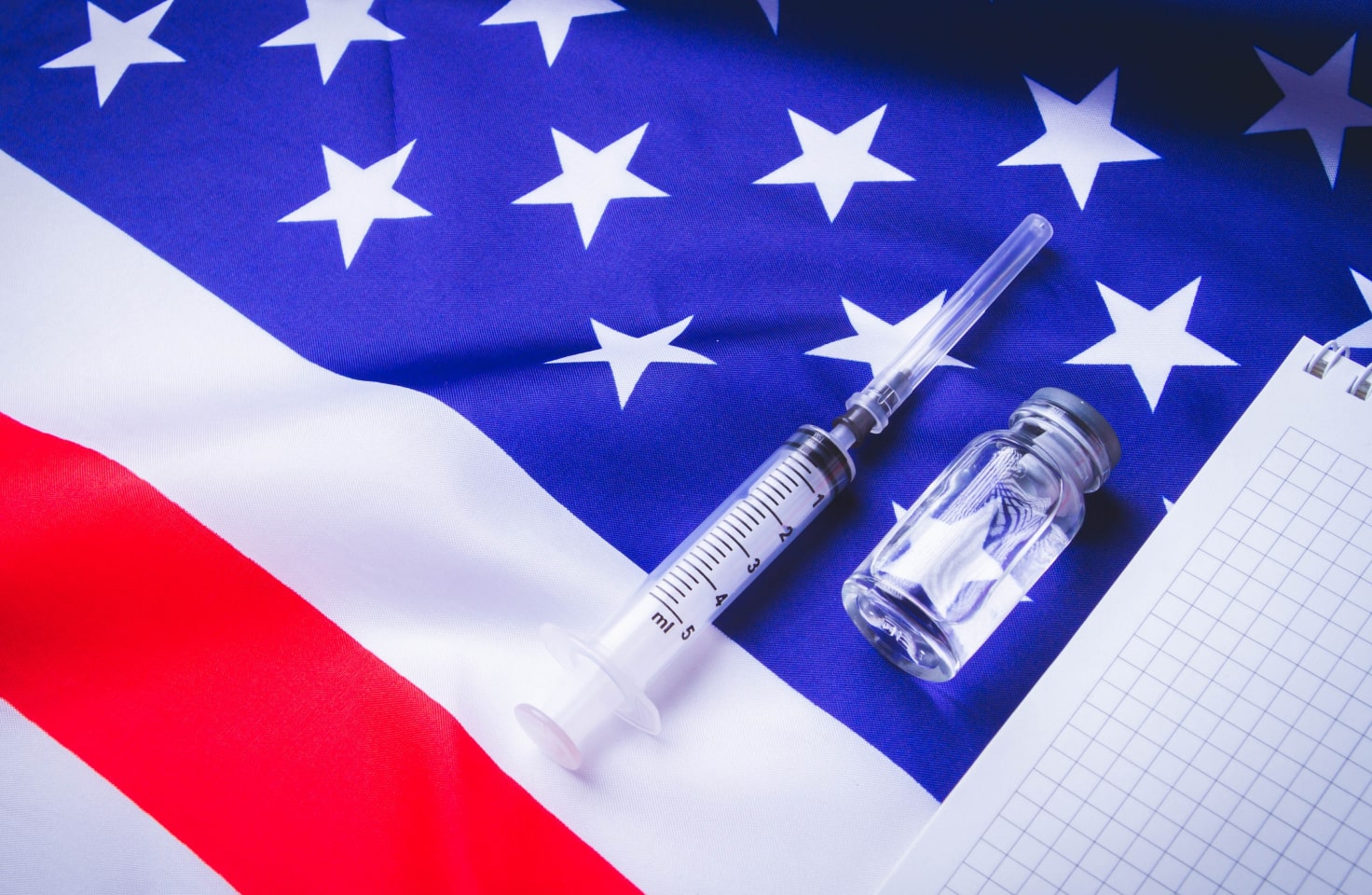T1D Guide
T1D Strong News
Personal Stories
Resources
T1D Misdiagnosis
T1D Early Detection
Research/Clinical Trials
Preparing for Emergencies with Type 1 Diabetes
As the frequency of natural disasters continues to increase, it appears as though they are becoming a more “common” part of life. To date, there have been 23 disasters that have occurred in 2023.

As disasters happen suddenly, leaving no time to prepare, the best way to plan is to assume that it’s going to happen today. As a type 1 diabetic (T1D), you aren’t given days off from taking care of your diabetes. It requires attention to ensure you have medication, glucose monitors, CGM’s and your insulin delivery system.
Having a supply of insulin and additional needed diabetic supplies ready to grab quickly in the event of any emergency is a vital first step to take prior to an “emergency.” It’s not always just an “if” question—it often is just a “when” question.
You always have to be aware of what your blood sugar is - high, low or just right. If it’s not right, you may need carbs for a low or additional insulin to bring it down, so keep both close by.
With type 1 diabetes (or any disease that counts on lifesaving medication or equipment for survival), it’s essential to have an organized list of medical information with listed medications and medical equipment needed in an emergency. Loss of power, being snowed in, having no water or heat and/or an evacuation, etc., are challenges that need to be planned ahead for.
When you have diabetes, there’s a constant “need to know what the blood sugar level is” to keep it within a stable range of where it should be, ensuring you are not too high or too low. Continuous glucose monitors (CGMs) have helped greatly with this challenge, so make sure to keep a plug available to keep it charged. Also, in case you are without a power source, include a blood glucose monitor and a battery or solar backup.
Create a Diabetes Care Package
Your care package should be stored in a waterproof container such as a plastic bag or something similar. If possible, plan to have a week or two of medical supplies available. Events such as these will obviously be stressful, which often contribute to higher blood sugars.

Disaster Information and Supplies:
- A whistle or noisemaker to call for help.
- A copy of your Photo ID, insurance information and address.
- A list of family and/or friends; including phone numbers and email addresses.
- A list of all medications - your doctors and pharmacy’s name, location, phone number, and the dosage amount and times that you take your medications.
Pro Tip: I keep extra medication in my car and/or purse.
- Several days’ worth of non-perishable food. Canned foods and a can opener are a good choice for an emergency food supply. Beans, soups, meats, tuna, fruits and vegetables, peanut butter, rice, crackers, cereal and other foods you enjoy.
- Snacks – granola bars, fruit snacks, nuts, seeds, jerky, etc.
- A radio, all diabetic supplies and extra batteries.
- Flashlight and extra batteries.
- First aid kit.
Diabetes supplies:
- Insulin and syringes – if possible, the insulin should be kept cool, not frozen. Stored at room temperature, it should last approximately a month and not be kept in extreme heat or cold if possible.
- Pump sets, insertion devices and information – make, model and serial number of your insulin pump. Have extra pump supplies on hand as well as a waterproof sheet of your pump instructions that includes basil and bolus rates, correction rates, and blood sugar targets.
- Continuous Glucose Monitor (CGM) – if you have one, make sure to have the sensor, transmitter (and backups) and your display device and charging cord and wall charger.
- Glucose (blood sugar) meter.
- Extra batteries for a radio, flashlight and diabetic supplies.
- Lancet device and lancets.
- Glucagon kits.
- Ketone strips.
- Alcohol wipes.
- Quick carbs to treat a low blood sugar – boxed juice, soda (no diet), hard candy, or any other preferred 15-gram carbs or more treatment choice.
The American Diabetes Association (ADA) suggests you try to have enough supplies for a week.
Pro Tip: If your average blood sugar stays 240+ or above and it remains high, and you have symptoms that include increased thirst, hunger, urination, vomiting, fatigue, or stomach pain, check for ketones. If needed, seek medical attention.

Keep in Mind:
- Water quality can be affected by the shift of an earthquake or other disasters. Having a clean water source is essential when you can’t be sure your tap water is good. Keep bottled water on hand and stay hydrated. If you do not have a clean water source, boil water for at least 10 minutes.
- Plan a meeting spot for your family and ensure everyone knows the location.
- If you are a parent of a child with diabetes, it is important that your child's school has clearly identified a staff member who will assist your child in an emergency evacuation. Assure that they have your phone number and any other contact numbers.
- If you have additional children in school, find out where they will be in an emergency.
- For those who work away from home, consider informing your colleagues, boss and friends about your diabetes and where your emergency supply kit is kept. It is good to have a back-up person(s) who can be trusted with your medical information.
Emergency Contacts and Family Members:
Your emergency supply kit should contain a list of emergency contacts and, if you are a parent of a child in school or daycare, physician's orders that may be on file with your child's school or daycare provider. It’s a good idea to wear medical identification that enables colleagues, school staff and emergency medical personnel to identify your medical needs.

Preparedness Takeaway
Emergencies are scary, but being prepared with emergency supplies will provide a sense of peace during these stressful situations. For more information, find this excellent Red Cross Emergency Preparedness checklist and diabetes disaster response from the Endocrine Society to help you stay prepared.


.webp)





.webp)
.jpg)
.jpeg)
.jpg)
.jpg)
.webp)
.jpg)
.jpg)
.jpg)



.jpg)

.jpg)

.jpg)



.jpg)
.jpg)
.jpg)

.jpg)

.jpg)














.jpg)


.jpg)







.webp)












.webp)





























.jpg)




.jpg)














.webp)